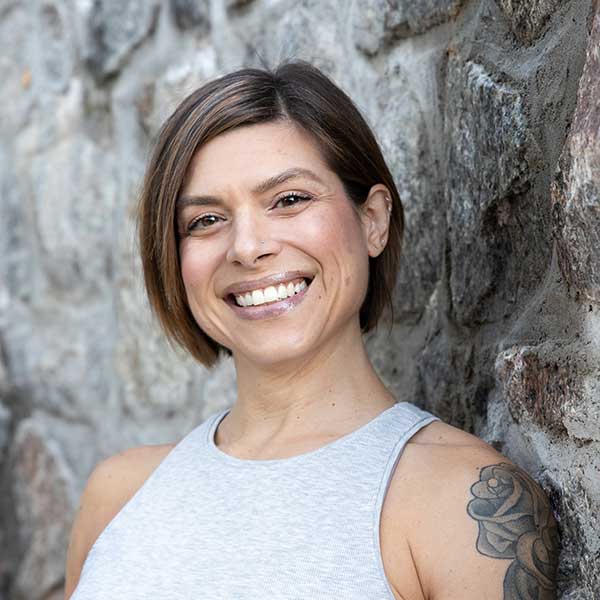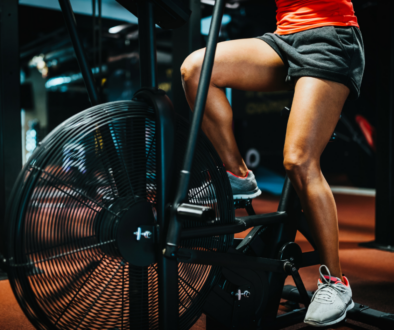Posture Part 3: SMR VIDEOS
In the previous two posts, I demonstrated exercises and stretches to correct poor posture in the upper body. In this post, I’ll show you the best self-myofascial release techniques using a LAX ball, a pair of Yoga Tune-Up Therapy Balls, and a foam roller to help address your posture issues.
Foam Roll Thoracic Spine: This is the part of the spine between the neck and low back. Support your head as you roll your thoracic spine. This feels amazing after a long day hunched over a computer.
Foam Roll Latissimus Dorsi: This muscle is behind and beneath the armpit. Hold your bottom arm with your top hand as you roll this muscle. You will find some tender spots here.
Self-Myofascial Release Pectoralis Minor: Use yoga blocks to prop up the LAX balls (or Yoga Tune-Up Therapy Balls) under the front of the shoulders. Make snow angel arms. This is great for shoulder mobility as well.
Self-Myofascial Release Erector Spinae: Use the Yoga Tune-Up Therapy balls in their tote or a peanut (made with 2 LAX balls and Duct Tape). You can work your entire back this way, rolling a few inches at a time. Work your way up or down by changing the starting position of the peanut.
Self-Myofascial Release Occiput: Use a yoga block and one ball. Position the ball at the bottom of your skull near your hairline. Work one side at a time by gently rocking your head side to side. Repeat on the other side. Try this next time you have a tension headache. You’ll wonder how you ever lived without this.
These self-myofascial release techniques will help improve your posture and alleviate muscle tension and pain. There is no reason why you can’t practice SMR daily, especially if you are working on correcting your posture. Remember to do something everyday to work toward your goals.
SMR should be cautioned or avoided for people with the following: congestive heart failure, kidney failure, liver or pancreas issues, bleeding disorders, skin conditions, cancer, osteoporosis, acute rheumatoid arthritis, blood clots, aneurysm, anticoagulant therapy, bursitis, open wounds, fractures, edema, advanced diabetes, infections. If these or other conditions are present or if you have any questions, consult your physician.
Alicia Cross is a Certified Personal Trainer, Wellness Coach, and Yoga Instructor with more than 15 years’ experience working with clients in classes and one-on-one. She is a yogi, meditator, vegan, and lifter of heavy things. If you’re ready to discover the strength and peace that comes from within, email Alicia@AliciaCrossTraining.com.
Related Posts:
Tight Upper Back? Mobilize Your T-Spine



